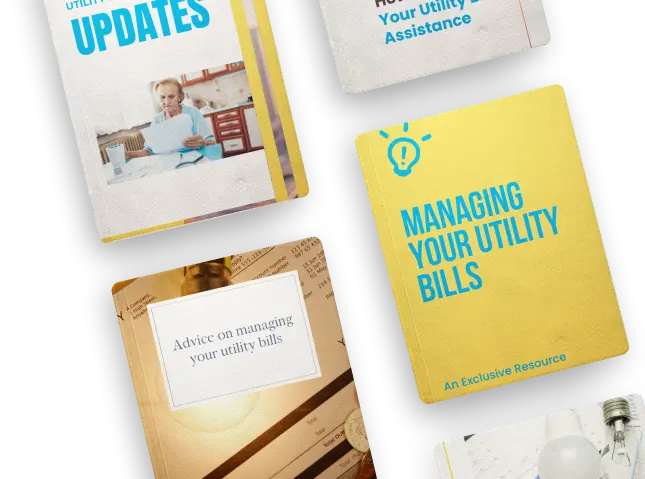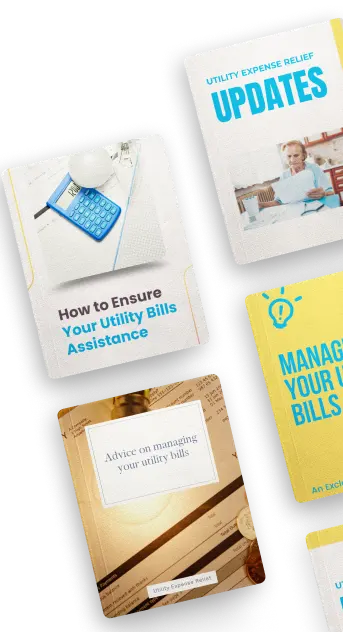5 States with the Highest Utility Bills This 2024 and How to Get Relief

As energy prices continue to rise, many Americans are grappling with soaring utility bills.
According to recent data, certain states have been hit harder than others, facing exceptionally high costs for electricity, gas, water, and other utilities.
Understanding which states bear the highest-burden can help residents seek relief and implement cost-saving strategies.
1. Hawaii
Unsurprisingly, Hawaii tops the list with the highest utility bills. The state's reliance on imported fossil fuels for electricity generation drives costs up significantly. On average, residents pay over $300 monthly for electricity alone.
2. Alaska
Alaska's harsh climate and remote location contribute to its high utility costs. Heating expenses are particularly steep, with average monthly bills reaching around $280 during the winter months.
3. Connecticut
Connecticut residents face some of the highest electricity rates in the continental U.S., with average monthly utility bills exceeding $250. The state's energy costs are influenced by its high demand and limited in-state energy production.
4. Massachusetts
Massachusetts also ranks high in utility costs, with residents paying an average of $240 per month. The state's cold winters and older housing stock, which often lacks energy efficiency, contribute to these high expenses.
5. Rhode Island
Rounding out the top five, Rhode Island residents face monthly utility bills averaging $230. The state's small size and high population density lead to higher energy consumption and costs.
Tips for Relief
1. Energy Efficiency Improvements
Investing in energy-efficient appliances and home insulation can significantly reduce utility costs. Consider upgrading to ENERGY STAR-certified products and sealing any drafts in your home.
2. Utilize Government Assistance Programs
Programs like the Low-Income Home Energy Assistance Program (LIHEAP) offer financial aid to eligible households, helping them manage energy costs. Check your eligibility and apply for these benefits.
3. Adopt Renewable Energy Solutions
Installing solar panels can be a long-term solution to high energy costs. Many states offer incentives and rebates to homeowners who switch to renewable energy sources, potentially lowering their utility bills.
4. Practice Energy-Saving Habits
Simple changes like turning off lights when not in use, using programmable thermostats, and washing clothes in cold water can lead to substantial savings over time.
Read: LIHEAP: Offering Help To Those Struggling With Heating Bills
Conclusion
Living in states with high utility bills can be challenging, but implementing energy-saving strategies and seeking available assistance can help manage and reduce these costs.
By staying informed and proactive, residents can find relief and make their homes more energy-efficient.
Previous article: Understanding Biweekly Mortgage Payments: A Smart Strategy For Homeowners












